The global financial landscape has been profoundly shaped by unconventional monetary policies over the past two decades, with quantitative easing (QE) emerging as one of the most controversial yet widely deployed tools. Born out of necessity during the 2008 financial crisis, this experimental approach to monetary stimulus has since evolved into a standard weapon in central banks' arsenals – for better or worse. Its mechanics may appear technical, but its real-world consequences ripple through pension funds, housing markets, and the very fabric of economic inequality.
At its core, QE represents a radical reimagining of how central banks interact with financial markets. When traditional interest rate cuts exhaust themselves at the zero lower bound, monetary authorities create new electronic money to purchase government bonds and other assets from commercial banks. This process aims to flood the financial system with liquidity, pushing investors toward riskier assets while simultaneously lowering long-term borrowing costs. The theoretical chain reaction – from boosted asset prices to improved consumer confidence and business investment – sounds elegant in economic models. Yet the lived experience of QE has proven far messier than textbook descriptions suggest.
The Federal Reserve's balance sheet expansion from $900 billion in 2007 to nearly $9 trillion at its peak tells only part of the story. What began as emergency crisis intervention gradually morphed into a semi-permanent feature of financial markets. Bank of Japan experiments with QE in the early 2000s offered cautionary lessons about diminishing returns, yet Western central bankers plunged ahead with ever-larger programs. The European Central Bank's corporate bond purchases and the Fed's foray into mortgage-backed securities demonstrated how quickly technical operations could blur into quasi-fiscal policy territory.
Critics from both ends of the political spectrum have dissected QE's unintended consequences with increasing alarm. Progressive economists highlight how asset purchases disproportionately benefit wealthier households – the top 10% of Americans own 84% of stocks – exacerbating wealth inequality even as GDP recovers. Conservative analysts warn of distorted price signals in bond markets and the dangerous addiction of financial institutions to cheap liquidity. Perhaps most damning is the empirical evidence suggesting QE's stimulative effects weaken with each successive round, requiring ever-larger injections to achieve diminishing economic returns.
The international spillover effects have fueled particularly intense debates. Emerging markets frequently complain about destabilizing capital flows as hot money chases higher yields across borders. When the Fed first hinted at "tapering" QE in 2013, the resulting "Taper Tantrum" triggered currency crises from Jakarta to Brasília. Such episodes reveal the uncomfortable truth about QE: its domestic benefits may come at the expense of global financial stability, raising thorny questions about monetary policy sovereignty in an interconnected world.
Corporate debt markets tell another cautionary tale. By compressing risk premiums across the board, QE encouraged questionable borrowing behavior – from zombie companies surviving on perpetual refinancing to private equity firms loading portfolio companies with cheap debt. The 2020 pandemic revealed cracks in this facade when even investment-grade corporations scrambled for emergency Fed support. These market distortions persist years later, with many analysts questioning whether central banks inadvertently created a generation of financial markets that cannot function without constant intervention.
Defenders of QE counter that critics underestimate its psychological impact during crisis periods. The mere announcement of asset purchases can calm panicked markets through the "signaling effect," buying time for fiscal authorities to respond. Research suggests the Fed's initial QE programs during the 2008 crisis prevented a deeper recession, though later rounds proved less impactful. This nuanced reality underscores QE's fundamental nature – not as a precision tool, but as a blunt instrument for extreme circumstances that gradually loses potency through overuse.
The COVID-19 stress test brought QE's contradictions into sharp relief. While rapid central bank action undoubtedly prevented financial meltdown, the scale of money creation – nearly $9 trillion globally within two years – raised eyebrows even among mainstream economists. Inflation's dramatic return in 2021-22 forced uncomfortable questions about whether prolonged QE had laid the groundwork for price instability, despite years of assurances about its temporary and non-inflationary nature.
As central banks now attempt to unwind balance sheets through "quantitative tightening," they confront the policy's most enduring legacy – financial markets trained to expect perpetual liquidity support. Each market tremor sparks speculation about renewed QE, creating what analysts call the "Fed put" phenomenon. This implicit backstop may encourage excessive risk-taking, potentially planting seeds for future crises that would demand yet more intervention.
The historical verdict on QE remains unwritten, but its contradictions already illuminate deeper truths about modern finance. In bridging the gap between monetary policy and fiscal needs, central banks crossed traditional boundaries with uncertain long-term consequences. What began as technical financial operations gradually reshaped political economies, influencing everything from housing affordability to intergenerational wealth transfers. As climate change and other systemic risks loom, the QE playbook may be repurposed for new challenges – but its mixed legacy suggests future innovations should proceed with clearer eyes about both power and limitations.
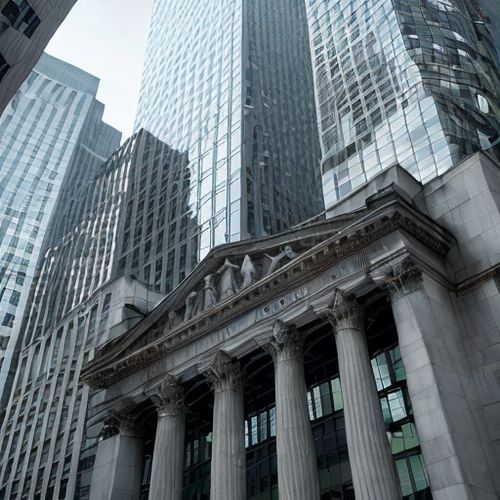
By Samuel Cooper/Apr 10, 2025
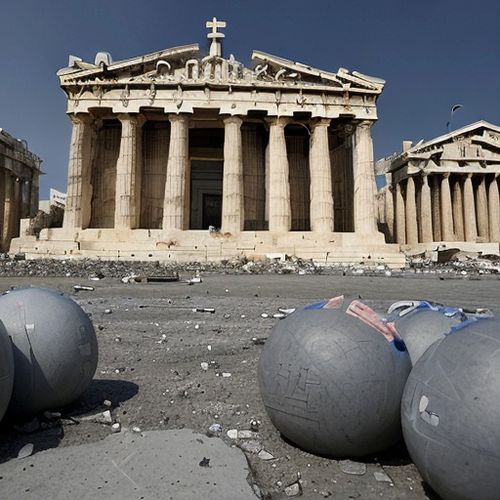
By Grace Cox/Apr 10, 2025
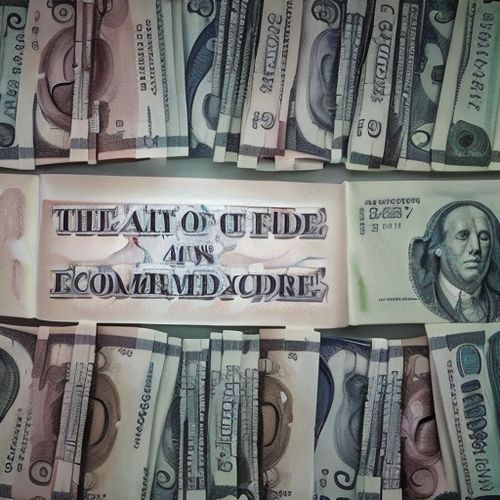
By Emily Johnson/Apr 10, 2025
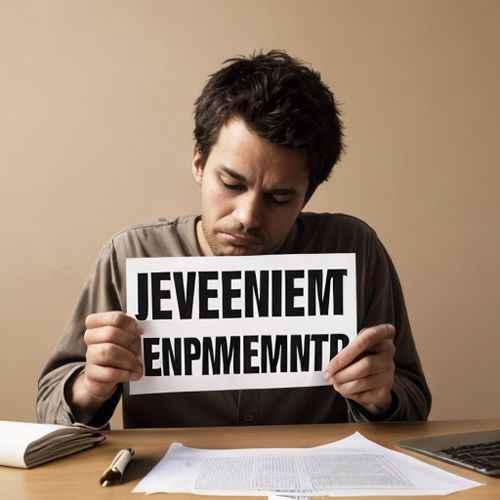
By John Smith/Apr 10, 2025
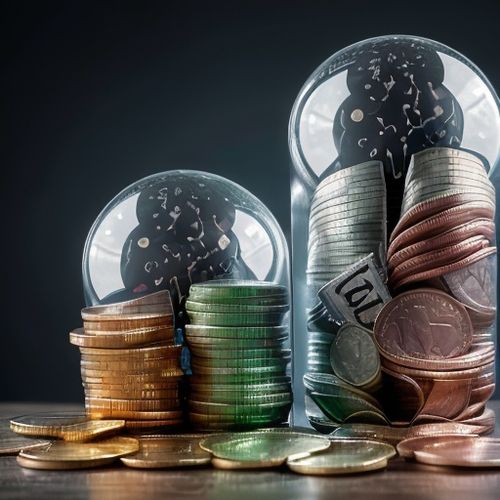
By Ryan Martin/Apr 10, 2025
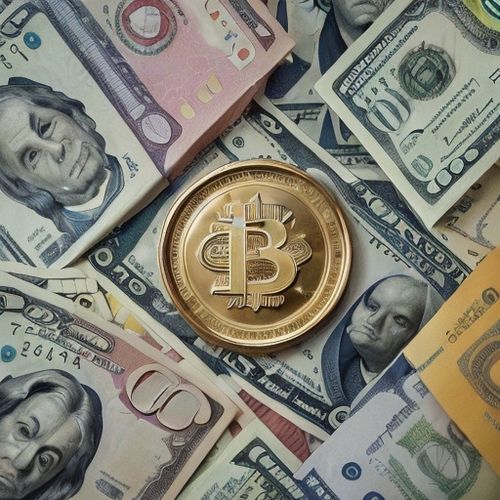
By Ryan Martin/Apr 10, 2025
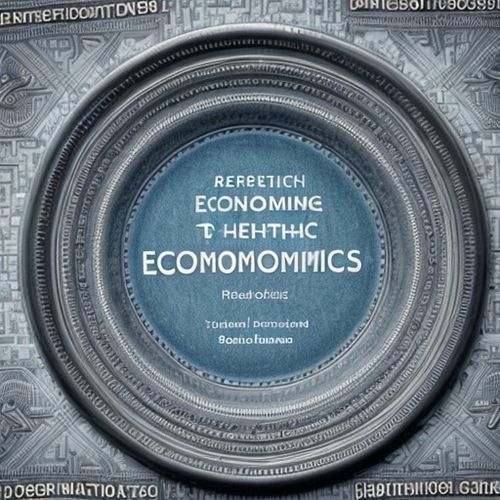
By Joshua Howard/Apr 10, 2025
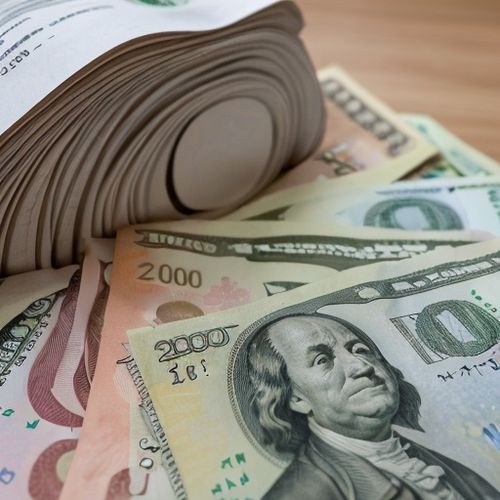
By Eric Ward/Apr 10, 2025
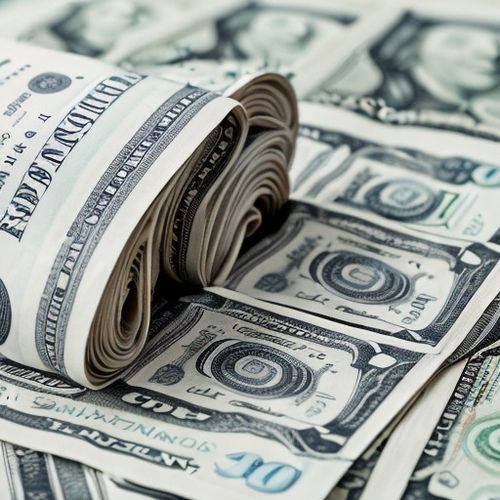
By Christopher Harris/Apr 10, 2025
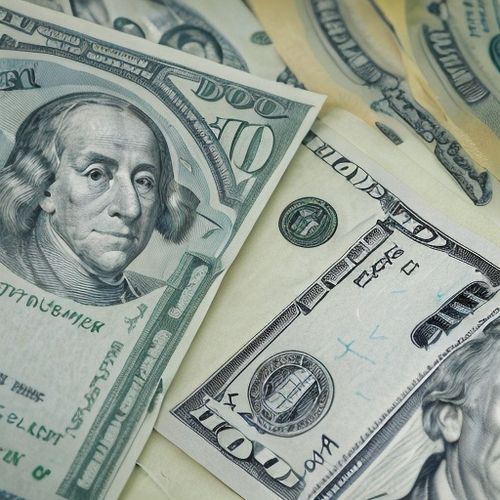
By Sophia Lewis/Apr 10, 2025

By George Bailey/Apr 10, 2025

By Michael Brown/Apr 10, 2025

By Joshua Howard/Apr 10, 2025
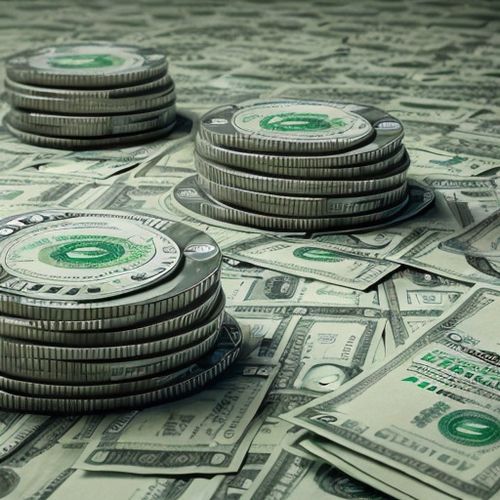
By Lily Simpson/Apr 10, 2025

By Emma Thompson/Apr 10, 2025

By William Miller/Apr 10, 2025
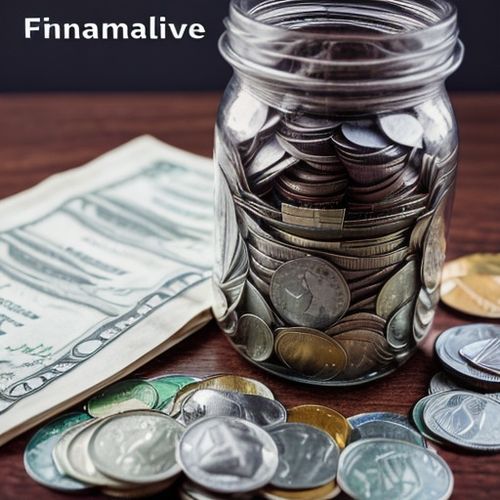
By Samuel Cooper/Apr 10, 2025

By George Bailey/Apr 10, 2025